Part one: history, meeting sustainability challenges, quality control and psychodermatology
by Robert Tisserand
Sustainability is now a major challenge for many essential oil-bearing crops, and the growth of aromatherapy has exacerbated the problem. This especially applies to wild grown plants such as Santalum album. This is a threatened species in Asia due to decades of over-harvesting and smuggling. However, large-scale, sustainable cultivation has recently been established in Australia. One Australian producer now has a standardized essential oil that meets FDA requirements for botanical medicines. This “model” meets both the challenges of sustainability and that of batch variation in medicine. Santalum album essential oil has sedative, calming and anxiolytic properties. The study of psychodermatology suggests that the combined action of sandalwood oil on the psyche and the skin partly explains its success in treating skin conditions.
Background
Sandalwood is one of the longest-established medicinal aromatic plants, and has had a continuous history of human use for at least 3,000 years. It is mentioned in the Nirukta, a Vedic commentary likely written about 500 BC. Sandalwood charcoal dating from 1,200 BC has been found in India (McHugh 2012). Sandalwood is referred to in the Ramayana and the Mahabharata, two poems of Indian epic literature (Scartezzini & Speroni 2000). As early as 900 BCE, powdered sandalwood was used in personal care, both in bathing and as a paste applied to the skin.
In the Dhanvantari Nighantu, a Sanskrit materia medica completed in 1,000 – 1,100 AD, candana (sandalwood) is described thus: “It destroys bile, blood, poison,thirst, fever and worms, it is heavy, and makes the body thin. All candana is bitter and sweet and most cold.” The cooling nature of candana is refered to frequently in ancient texts (McHugh 2012). The benefits of sandalwood to the skin are referenced in Ayurveda’s foundation text Charaka Samhita (circa 100 AD), in which it is said to be “complexion-promoting” (Kumar et al 2013).
Ancient Egyptians imported the wood and used it in medicine, embalming and ritual burning to venerate their gods. Buddhists used Sandalwood as a therapy for depression, anxiety and insomnia and in Tibet, monks have used it to relax the body and focus the mind (Anon 2002). In China it was an important incense ingredient and was recognized as an aromatic medicine during the Tang dynasty (581 AD) when it was used to treat respiratory disorders.
The essential oil has been in public use for the last 200 years (Burdock & Carabin 2008). In the nineteenth century, Indian sandalwood oil was added to pharmacopoeias of Britain, Germany and Belgium, notably for cystitis and venereal disease. For example: “The Essential oil obtained from Sandal wood (Santalum Album) is prescribed for Gonorrhoea. Dose: Thirty minims” (Squire 1894: p275). A minim is about one drop. Although sandalwood oil is no longer a conventional remedy for venereal disease, this use may be revisited in future.
The sustainability problem
When I first started buying Indian sandalwood (Santalum album) oil – which I will refer to as SAO – for re-sale in the mid 1970s in the UK, I was paying the equivalent of $35 per kg. Today, it’s over 100 times more expensive. This is a massive increase, even for an essential oil. The main reason is supply-demand dynamics. Prices have risen in direct relationship to the increasing scarcity of the raw material. Twice, during those years, the Indian government shut down export of sandalwood for several months, and when it did come back on the market, the wholesale price had about doubled. These periods of sandalwood famine emphasized the fact that, for this essential oil, the world was dependent on the major producing country – India. And India had a problem.
One supplier told me in the 1980s that if India didn’t get its act together, in 30 years time there would be no more Indian sandalwood oil. His estimate was based on the fact that it takes at least 30 years for a tree to mature sufficiently for essential oil to be harvested. S. album has to be cut down completely for oil distillation, and no new viable sandalwood plantations were being created. On top of this, smuggling – stealing and/or illegally exporting – sandalwood trees or cut wood has been a problem the Indian government has made great efforts to control, but ultimately with little success.
S. album does grow in other parts of the world, primarily Sri Lanka and parts of Indonesia, but illegal exporting and sustainability have been problematic in those areas too. S. album wood and oil exports from Sri Lanka are currently illegal, and the following accounts (2013-2016) reveal that desperate attempts have been made to circumvent this.
In late 2013, Customs Bio-Diversity protection Unit (BDPU) found a series of illegal sandalwood exports worth over 15 million rupees (about $23,000). In 2015, twenty suspected sandalwood smugglers were shot in Andhra Pradesh, India And in a July 2016 case, Indian police seized a cache of sandalwood valued at $15 million. Even authorities charged with overseeing trade practices get their hands dirty, as is shown by a forged certificate for sandalwood export, issued by the Indian Board of Investments.
Some of the oil being produced in Sri Lanka is from the roots of trees that were cut down years ago, but the roots were not previously harvested. Production of Sandalwood oil in Indonesia (East Timor) has all but ceased. There are some export licenses for Indian sandalwood oil but these are limited, and only a few hundred kg per year are legally exported today, compared to many thousands of kg in previous decades (Arunkumar et al 2012).
And so, over the last few years, we have tried to make peace with the fact that Indian sandalwood would become a “lost” essential oil, to both the fragrance industry and to aromatherapy. The only glimmer of hope was the “Australian experiment” (see below).
Sandalwood species
Sandalwood is a common term applied to a number of fragrant woods mainly of the Santalum species. Of these, the main types used for commercial oil production are shown in Table 1. Unfortunately many of these species face challenges, and I have rated “Sustainability and crop management” on a 5 point scale from very poor to very good. S. lanceolatum, S. paniculatum and S. austrocaledonicum in New Caledonia are all harvested from wild grown trees with no significant new growth. New Caledonian sandalwood is subject to rampant smuggling. There are some plantations in Vanuatu where new trees are being grown, but volume is very small.
- Amyris balsamifera – Amyris, or “West Indian Sandalwood” – a term little used today.
- Osyris lanceolata and Osyris speciosa – both referred to as “African sandalwood”.
- Brachyleana hutchinsii – Muhuhu, sometimes also called “African sandalwood”.
- Erythroxylum monogynum – “Bastard sandal”
S. yasi may also be a small source of commercial essential oil. Other species of sandalwood grow in Australia and Pacific islands, but none are harvested for commercial production. A constraint of all Pacific Island sandalwoods is limited land space. In fact the only area this does not apply is Australia, where there is almost unlimited land – the principal challenge there is water supply.
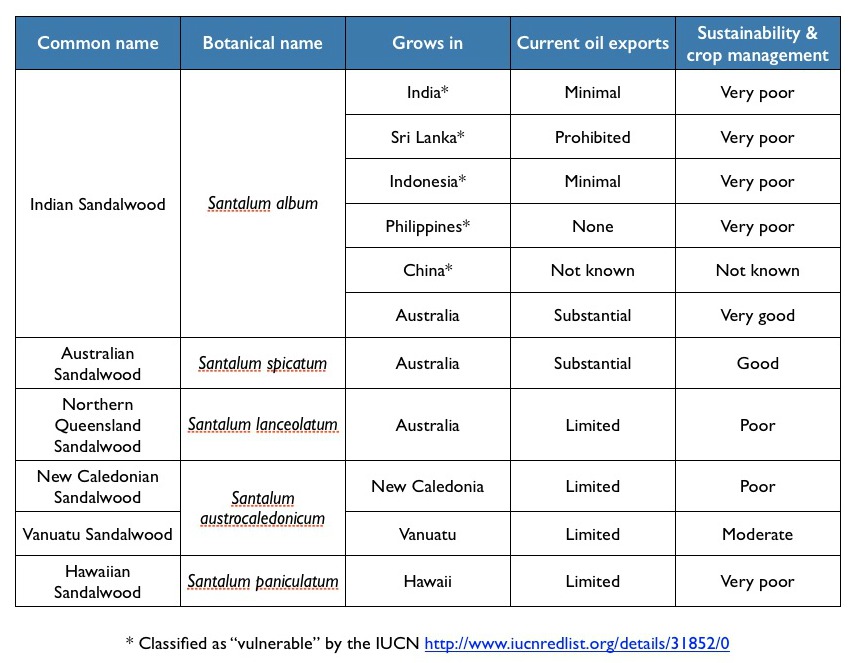
Table 1.Santalum species used for commercial essential oil production either currently or in the recent past.
The Australian experiment and sustainability
There are several challenges with cultivating Santalum album. It is a semiparasitic tree, and requires specific “host trees” to grow, such as acacia. The essential oil is only found in the central portion of the trunk, the “heartwood”, and in the roots, so trees have to be felled for oil production. In the wild, trees do not produce viable amounts of essential oil-rich heartwood until 30 years of maturity.
In the late 1980s the Western Australian Forestry Department began trials to grow S. album in plantations in Australia’s tropical north. Following this success, TFS (Tropical Forestry Service) was established. TFS was renamed Quintis (quintessential Indian sandalwood) in March 2017. The company found that by replicating the natural environment of India’s forests, plantation-grown Indian sandalwood trees produce heartwood and oil naturally. After 16 years of cultivation, the first batches of commercial Australian SAO were produced by Quintis in 2014.
A Quintis representative comments: “Our researchers have found that a minimum trunk diameter is required for heartwood initiation to occur, so we focus on selective breeding and natural forestry management to produce larger trees and ultimately greater yields of heartwood and oil. We also use an abundance of optimal host trees that provide water and metabolites essential to the growth of the parasitic Indian sandalwood tree.”
The selective breeding program involved identifying “plus” trees for a seed orchard and establishing a progeny trial to validate the superior growth of the selected trees. These trees achieved up to 18% greater growth and yields compared to other trees of the same age. Since 1999, Quintis has invested in research of soil types, a key determinant of sandalwood quality, host tree management, tree breeding, land preparation and irrigation. The need for host trees creates challenges during cultivation, as foresters must work to balance the water requirements of up to six different tree species. The company monitors water usage and irrigation as part of its ISO 9,001 (Quality) and ISO 14,001 (Environment) certification. This approach has helped it identify and manage the environmental and financial risks associated with excessive or insufficient watering.
With rotations to maturity numbering decades in the wild, the harvest of wild trees for commercial purposes creates questions about sustainability. Some conservationists argue that limited regeneration, prolonged cycles of maturity and growing global demands for essential oils mean commercial use of wild-grown trees is inherently unsustainable.
Santalum album was classified as “vulnerable” by the IUCN in 1998 http://www.iucnredlist.org/details/31852/0. In a November 2104 letter to Quintis (then TFS) the IUCN clarified the following point: “The listing of Indian Sandalwood as Vulnerable on the IUCN Red List of Threatened Species refers only to the status of the wild populations in the native parts of its range (China, India, Indonesia and the Philippines). Cultivated plants (especially those grown in areas outside of the native range like Australia) are deliberately excluded from the assessment as these are not wild…All efforts to cultivate Indian Sandalwood to meet the demand for timber, oil, etc. are strongly encouraged by IUCN as these help to reduce the need for harvesting from the wild populations.”
Quintis now has 5.4 million sandalwood trees covering 12,000 hectares, and in 2016 the company harvested 32,000 trees yielding 300 metric tonnes of heartwood. It turns out that cultivated S. album trees only need 15-20 years to mature, compared to 30-50 years in the wild. A related species, S. spicatum, is native to Australia, and is also now extensively cultivated. Australia lost the eucalyptus oil industry to China, but it looks likely to dominate the sandalwood industry for the foreseeable future.
Quality control
Indian sandalwood oil may be adulterated by the addition of sandalwood terpenes and fragrance chemicals, Australian sandalwood oil, African sandalwood oil, Indian bastard sandal oil, amyris oil, bleached copaiba balsam, and non-odorous materials such as polyethylene glycol, castor oil, coconut oil and DEHP (Tisserand & Young 2014). The problem of adulteration, along with the sustainability issue and unstable pricing, have combined to make SAO an unattractive option both for practitioners and for clinical research. Although “standardization” may sound unnatural, it has allowed the tea tree oil industry to flourish, and the same applies to many herbal preparations.
The FDA has issued guidelines for the development of traditional medicines derived from plants (Botanical Drug Development 2016). Such botanicals are often mixtures of numerous active compounds acting via multiple mechanisms of action. In general, if the mixture’s composition is under tight control, botanical extracts can be studied in clinical trials as mixtures and can receive marketing approval as long as they are shown to be safe and effective. This avoids the laborious, even impossible process of testing multiple single constituents for safety and efficacy, and represents a viable way forward for many essential oils.
For SAO, the base level of standardization means meeting the ISO standard for Santalum album oil, but this still leaves room for substantial variation. What Quintis has been able to do is cultivate trees that produce a standardized SAO that meets FDA requirements for a botanical medicine. The Quintis project is in compliance with Good Manufacturing Practice (GMP, ICH Q7), a quality assurance system used to regulate pharmaceutical production to control and monitor oil quality during the manufacturing, storage and distribution processes.
Not only is cultivated Santalum album a sustainable option, but it’s also one that promises scientific progress for other areas and we are already seeing this in practice. I will explore the research in Part Two, focusing on clinical trials already in progress with SAO in relation to skin diseases.
Calming effects and psychodermatology
Mental and dermatological health are linked in many ways. Psychodermatology is the study of the complex inter-relationships between mind and skin (Brazzini et al 2003, Jafferany 2007). In terms of aromatherapy, it has been shown that inhaling a sedative aroma such as rose or valerian improves skin barrier function, and has a healing effect on eczema patients. Non-sedative aromas did not have this effect (Denda et al 2000, Fukada et al 2011, Hariya et al 2002).
SAO was not used in these tests, but in aromatherapy literature it is regarded as calming and sedative (Mojay 1996, Tisserand 1988). This is supported by research in humans and mice demonstrating a sedative effect on inhalation (Buchbauer et al 1993, Komori et al 2006a, Torii et al 1988). In a double blind inhalation study of 220 subjects, SAO was rated the most sedative of 12 essential oils or fragrances by measuring electrodermal activity, and it was rated the second most calming odor by self-assessment (Steiner 1997 p200-217).
In an uncontrolled study, 29 patients taking benzodiazepine medication for sleep for at least six months, and who had been unsuccessful in reducing their dosage, inhaled a natural fragrance to aid sleep. Over the eight weeks of the study, 26 were able to reduce their medication either partly or completely. One year later, four patients had not resumed benzodiazepine use. The fragrance consisted of sandalwood 35%, juniperberry 12%, rose 8% and orris 6% (Komori et al 2006b).
In a pilot study of palliative care patients, either massage with 1% SAO, or SAO diffusion, reduced levels of anxiety measured by STAI, compared to plain oil massage (Kyle 2006). In another small study, researchers found that SAO used as a perfume was calming throughout the day to a person feeling anxious or overwhelmed, but for someone already feeling relaxed or simply OK, it either produced no change or induced a feeling of wellbeing (Sheen & Stevens 2001). When transdermally absorbed but not inhaled, SAO was also calming, reducing blood pressure and heart rate in healthy subjects (Hongratanaworakit et al 2004). Therefore SAO is calming both via inhalation and transdermal absorption.
In mice, the most active sedative constituents in a Santalum album extract were a-santalol and b-santalol (Okugawa et al 1995). In rat brain, SAO was a potent antagonist of dopamine and serotonin receptor binding, suggesting an antipsychotic, tranquillizing effect. It was also significantly analgesic, and inhibited d-2 opioid receptors (Okugawa et al 2000). Inhalation of SAO by mice results in the absorption of the main components into the bloodstream as evidenced by the detection of a-santalol and bsantalol in plasma (Jirovetz et al 1992).
A fascinating study demonstrated that sandalore, a synthetic sandalwood odorant, activates an olfactory receptor in keratinocytes called OR2AT4. This activation positively affects cell proliferation and migration, which in turn suggests that it would accelerate wound healing. It has been postulated that OR2AT4, or a similar receptor, may also be activated by a-santalol (Busse et al 2014, Denda 2014). In subsequent research by others, SAO activated epithelial–mesenchymal transition, which is a process that occurs in wound healing (Matsumura et al 2016).
Scientists are discovering olfactory receptors in many tissues of the body. These do not detect odors in the conventional sense but they are functional, and so this new sandalwood odor research represents a novel perspective in the field of psychodermatology.
The second article in this two-part series will discuss the benefits of SAO in the treatment of skin disorders and will highlight ongoing clinical trials.
Acknowledgements
With thanks to Quintis for supplying images, and information about their operation.
This article was also published in the International Journal of Professional Holistic Aromatherapy Vol. 6, Issue 1References
Anon (2002) A calming influence. Soap, Perfumery & Cosmetics 75(10), 41, 43
Botanical Drug Development – Guidance for Industry (2016)
Hariya, T., Kobayashi, Y., Aihara, M. et al (2002). . Arerugi = , 51(11), 1113–1122.
McHugh, J. (2012) Sandalwood and carrion. Oxford University Press, Oxford.
Mojay, G. (1996) Aromatherapy for healing the spirit. Hodder & Stoughton, London.
Squire, P. (1894). Companion to the latest edition of the British Pharmacopoeia. J. & A. Churchill, London.
Steiner, W. (1997) The effect of odors on human experience and behavior. In: Jellinek, P. The psychological basis of perfumery. Blackie Academic & Professional, London.
Tisserand, R., Young R. (2014). Essential oil safety: a guide for health care professionals, 2nd edition. Churchill Livingstone, London.
Torii, S., Fukuda, H., Kanemoto, H., et al (1988) Contingent negative variation (CNV) and the psychological effects of odour. In: Van Toller, S., Dodd, G. (eds) Perfumery: the psychology and biology of fragrance, Chapman & Hall, London.

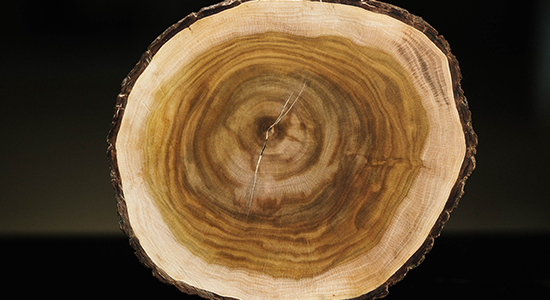
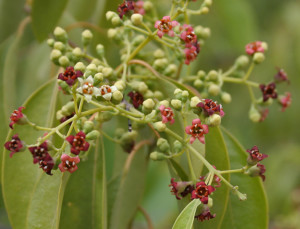


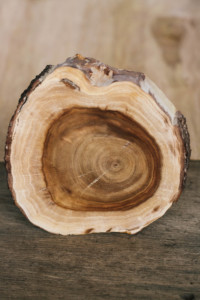
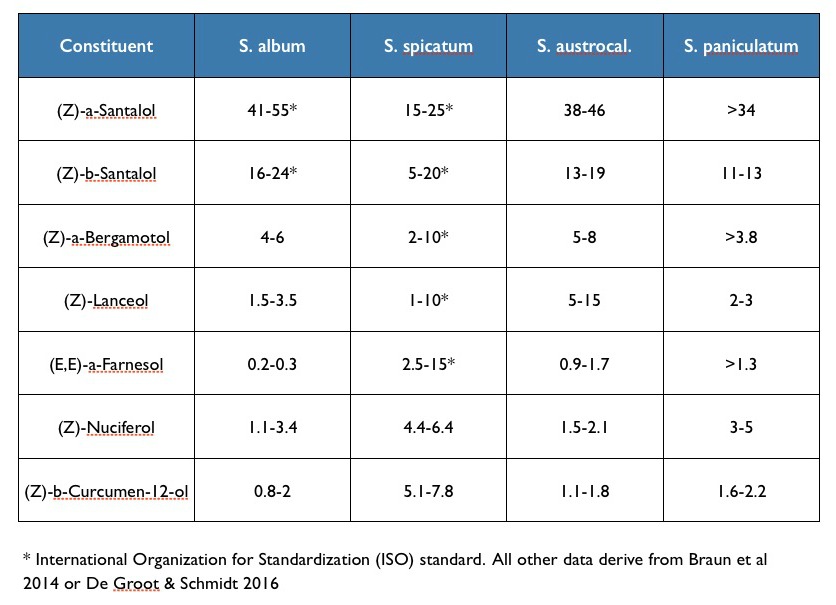

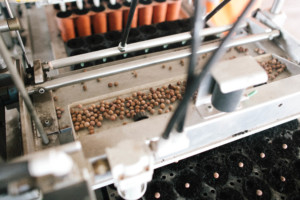
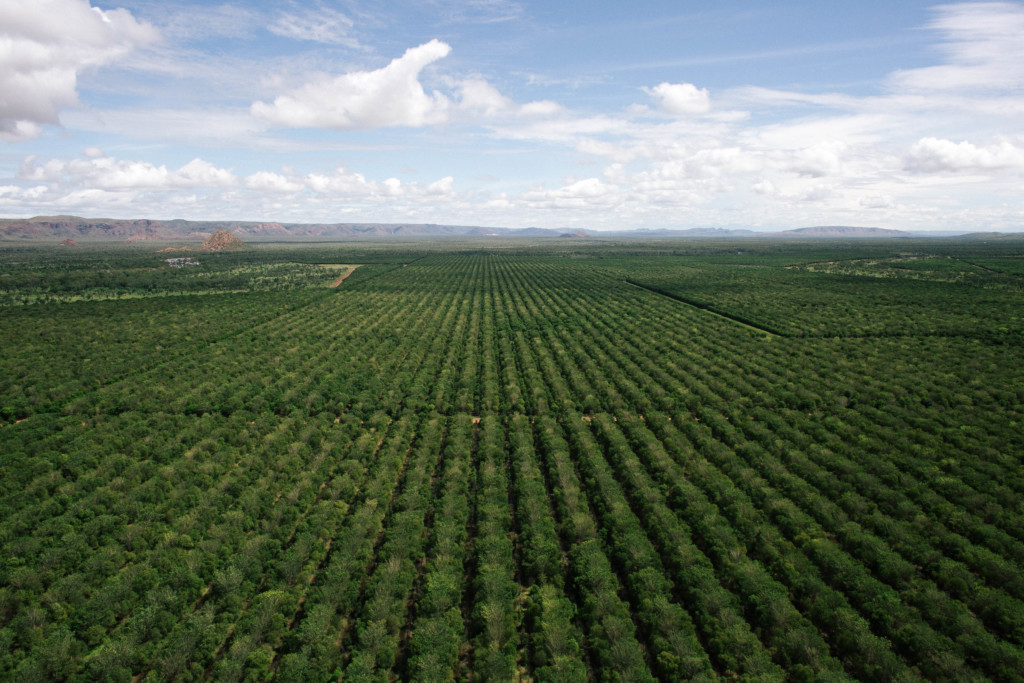

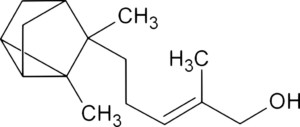
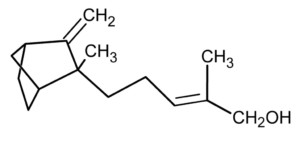

Very interesting article. After reading it, I looked on the internet for more information about Quintis. I found this article: https://www.fool.com.au/2018/01/22/quintis-ltd-asx-qin-goes-bust/
I’m assuming that they are no longer farming the sandalwood?
Thank you
Quintis closed for many months, but the company has re-capitalized and is now back in business https://quintis.com.au/
I’m a pharmacist specialised in Aromatherapy that find your articles very interesting. I’d like to share the links of this one and the Spikenard one in my courses.
Thanks a lot for your great work!